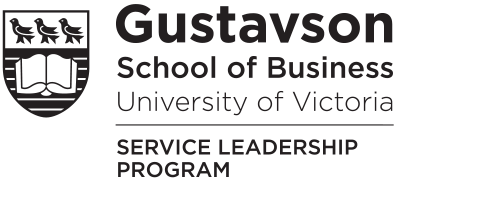As noted in a previous post, coaching is the only strategy that companies can deploy that simultaneously increases customer engagement and employee engagement. You can increase customer engagement by raising the abilities and the motivation of employees to serve the customer through coaching; and when I say customer service, I do not differentiate between an internal customer and external customer. At the same time, you increase employee engagement because each time you successfully coach an employee, you engage them in their jobs, their sense of purpose in driving the organization forward toward this vision, and embrace the firm’s strategic choices.
In last week’s wildly popular blog post, we looked at strengthening the reasons persevere with your coaching endeavors, with the main theme being all about motivation.
I’ve worked with many clients in terms of coaching and the problem I find is not encouraging them to start coaching but to persist with it. Read more
When people think about coaching, they often think about how coaching can help the coachee deepen their technical skills – this is natural given we associate coaching with athletics and the continual refinement of the athletes’ specialized skills. There is no doubt that organizational coaching helps employees deepen their technical knowledge too – think of feedback by coaches as a way to grow employees skills in selling, serving a customer, or running a team meeting. Read more
An essential part of any coaching system is the ongoing execution of the coaching strategy. The coaching strategy, described in an earlier post, outlines values, objectives, and standards for coaching. It also undertakes an assessment where coaching currently stands in the organization and outlines how coaching is connected to the organizational context. Once there is a clear strategy, then there must be a process for ensuring that there is a successful execution of the strategy. Read more
Let’s play a game! Can you think of an activity that an organization can do to increase both employee and customer engagement simultaneously?
Give up? It’s coaching!
The feedback a coach offers can be most effective when it provides the coachee with specific information about a current state of knowledge and performance as it relates to specific goals. Read more
Of course, this is a dramatic generalization, but let’s be honest: the whole education system is built on summative, (e.g., giving a grade) rather than, formative feedback (e.g., useful advice on how to improve).
Successful coaching execution requires that coaches have access to tools and techniques to ensure they make an impact with their coaching. Coaches simply don’t have the time to discover the best tools and techniques to do the best job. Finding such tools is the job of the head coach. For example, coaches need a playbook—plays that leaders and managers can coach toward that will enable them to improve the skills of the team. This could be a playbook on how to run a great meeting, or how to develop great customer service skills, or how to make a successful presentation.
To be a great coach and to be a great coachee requires a unique mindset and way of thinking. Organizations benefit when they educate their coaches and the employees being coached on the importance of the three paths that use feedback in the right way. Both the coach and the coachee benefits when all three paths are taken (rather than just one or two of them):
